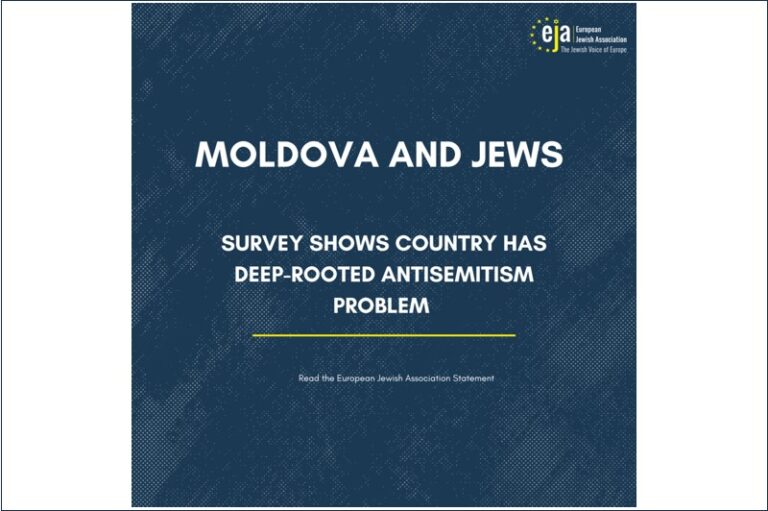Forty-one participating States have submitted hate crime
information to ODIHR, 17 of which provided detailed statistics in accordance
with the bias motivations on which ODIHR reports.
One hundred eleven civil society groups have submitted
information on 5,357 incidents, covering 41 participating States, which
includes 4,197 incidents that were disaggregated by type of incident and bias
motivation. This information is supplemented by data provided by IOM, UNHCR and
OSCE missions covering 35 countries.
While the general level of reporting to ODIHR remains comparable
to previous years, limited data on some bias motives continue to indicate
under-reporting and gaps in recording.
Find out more about ODIHR’s annual reporting on
hate crime
Find the
full data for 2015 here
2015 Hate Crime Data
Key Findings
Antisemitism
For
centuries, Jews were persecuted as a religious minority. In the modern era,
antisemitism has emerged as a political ideology that claims Jews control the
world and are to be blamed for phenomena such as capitalism and communism. Antisemitism,
including the belief that Jews are racially inferior, was the driving force
behind the Holocaust. Antisemitic narratives, such as blood libel, continue to
be heard today. Complex contemporary challenges like the financial crisis or
the conflict between Israel and the Palestinians are reduced to placing blame
on Jews, drawing on such antisemitic stereotypes and conspiracy theories. Contemporary
manifestations of antisemitism also revolve around the Holocaust, with some
blaming the Holocaust on Jews or suggesting that Jews focus on this tragedy to
gain advantage. Denying the Holocaust is one way of expressing antisemitism.
States that report
Civil society reported on these States





